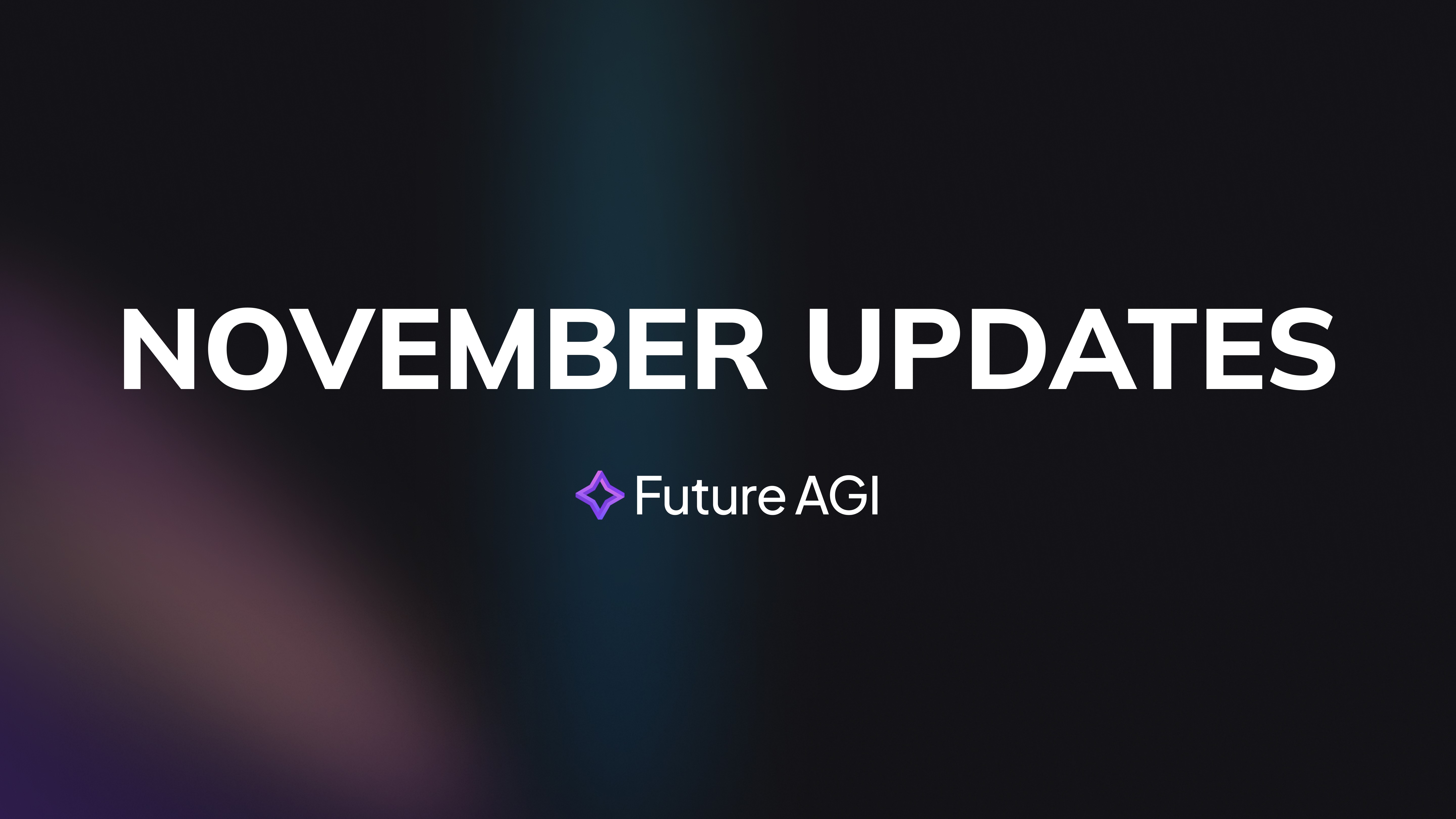Introduction
LLM Function Calling has turned today’s large language models into much more than chatty companions. Ask a question, and—rather than writing a polite reply—the model can run code, ping an API, or kick off an entire workflow. That single leap from “talking” to “doing” is why builders now reach for function calling whenever they need software that adapts on the fly.
LLM Function Calling: What It Is
Think of function calling as a skilled dispatcher. You type a plain request; the model figures out which routine fits, fills in the missing details, and then fires it off.
Core abilities
Dynamic execution – Picks and runs the right function without help.
Parameter mapping – Lifts the needed arguments straight from your words.
Seamless integration – Reaches external tools for jobs like database look-ups or email sends.
Because the flow is flexible, teams no longer need to wire every rule by hand. Consequently, the same system can serve customer support, e-commerce, and analytics tasks with only a few extra functions.

Image 1: LLM Function Calling Cycle
Why LLM Function Calling Changes the Game
LLM Function Calling moves a model from “nice conversation” to “job well done.” Here are three reasons the shift matters.
End-to-end automation – One prompt triggers a full workflow, so routine chores disappear.
Live context – The model blends real-time data into each answer; hence, responses stay current.
Custom behaviour – Devs register only approved functions, therefore every action matches policy.
How LLM Function Calling Works in Practice
Below is a short Python example. A user asks for top-revenue customers; the model selects a database helper and writes the correct SQL.
python
Clear Benefits of LLM Function Calling
Advantage | Impact |
Task automation | Links everyday language to back-end code, so multi-step jobs finish in seconds. |
Interactive chat | Lets bots book meetings, build reports, or flip IoT switches without leaving the dialog. |
Tailored replies | Teams expose only the functions they trust; thus, answers stay sharp and compliant. |
Easy scale-up | Drop new function blocks in place, yet keep the overall design simple. |
Where LLM Function Calling Shines
Customer support – Reset passwords, track parcels, and authorise refunds.
E-commerce – Offer products, check stock, then confirm the order in one loop.
Analytics – Turn “Which region led Q2?” into a live chart—no analyst required.
Case Study – Retail Chatbot, Real-Time Results
Problem – A retailer wanted instant order updates in its support chat.
Solution – Engineers added three calls: get_order_status, recommend_products, update_account_info. The model now routes each question to the correct helper.
Outcome –
Reply time fell 40 %.
Satisfaction jumped 25 %.
The bot resolved 30 % more chats without hand-off.
The upgrade shows how LLM Function Calling swaps canned replies for real action.
Obstacles and Practical Fixes
Challenges:
Error Handling: Incorrect parameter mapping can lead to execution errors or unintended outcomes. Learn about mastering AI agent evaluation for optimal performance
Security Risks: Exposing sensitive functions requires robust access control to prevent misuse or unauthorized access.
Performance Bottlenecks: High-frequency function calls can introduce latency, especially in large-scale applications.
Best Practices:
Function Validation: Implement strict schema validation for parameters to ensure data integrity.
Monitoring and Logging: Track function calls and responses for debugging, optimization, and auditing purposes.
Granular Access Control: Restrict function access to authorized users or systems to mitigate security risks.
Fallback Mechanisms: Design robust error-handling workflows to gracefully recover from failed function executions.
Advanced Moves to Extend Power
Function composition – Chain calls: check flights, add prices, then book seats.
Dynamic discovery – Let the model suggest new helpers as needs evolve.
LLM API integration – Plug in weather, finance, or IoT services for broader reach.
Conclusion
LLM Function Calling turns language understanding into decisive action. By pairing words with code, it delivers software that listens, thinks, and executes. As OpenAI function calling and similar tools mature, deep LLM API integration will feel routine. Ready to build systems that both speak and act? Start experimenting with LLM Function Calling today.
Put LLM Function Calling to work - book a demo and watch Future AGI turn plain prompts into live actions.
References
[1] https://platform.openai.com/docs/guides/function-calling
[2] https://www.hopsworks.ai/dictionary/function-calling-with-llms
[3] https://medium.com/@danushidk507/function-calling-in-llm-e537b286a4fd
[4] https://www.promptingguide.ai/applications/function_calling
FAQs









